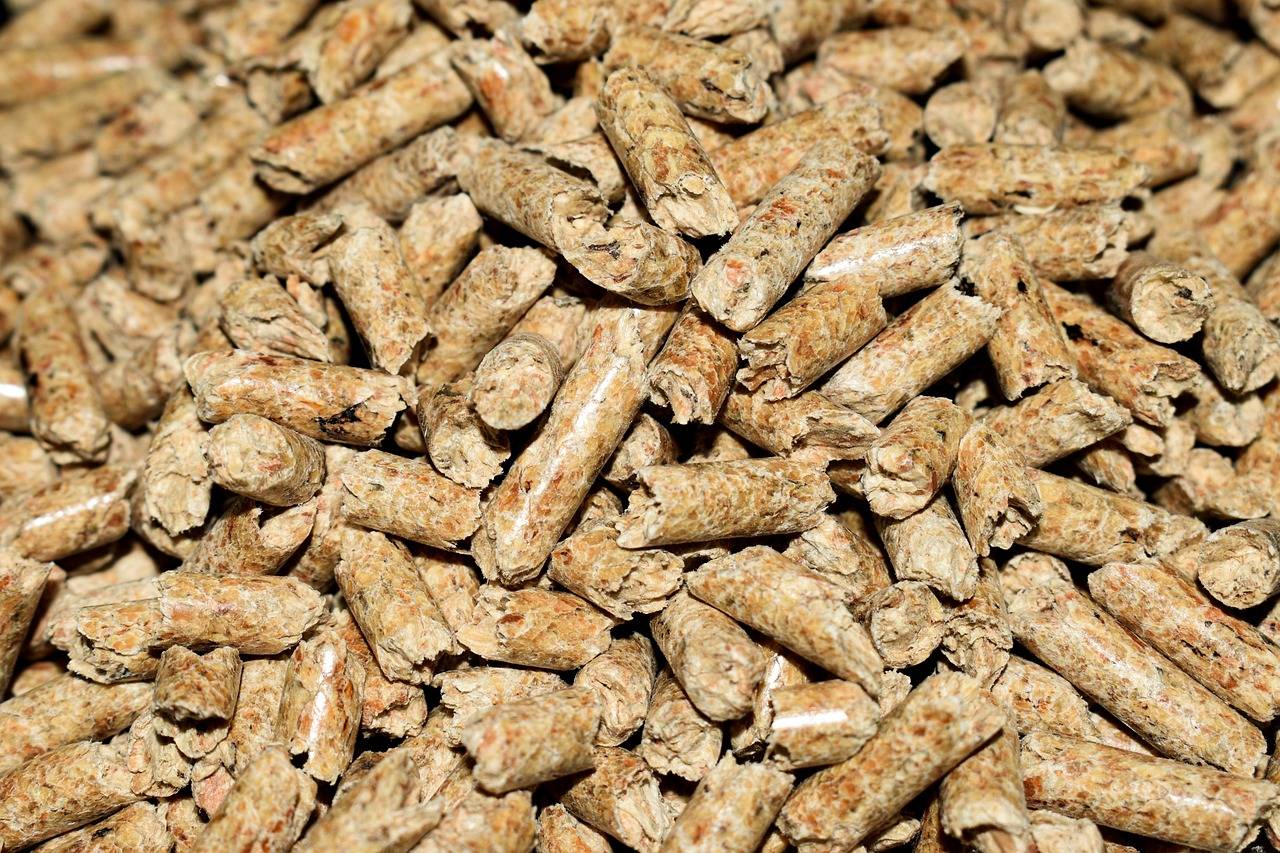Choosing the Right Home Heating Solution:
When it comes to keeping your home warm and cozy, pellet stoves and wood stoves are two popular options to consider. Each of these heating appliances has its own unique benefits and considerations. In this article, we'll explore the differences between pellet stoves and wood stoves to help you determine which one is better suited for your home.
Efficiency and Heating Performance
Pellet stoves are known for their efficiency and precise heat control. They burn compressed wood pellets made from leftover materials like sawdust and wood shavings. With automatic feeding systems, these stoves offer consistent heat output and temperature regulation. Many pellet stoves even come with programmable thermostats, allowing you to set your desired temperature and enjoy a cozy, constant warmth.
Wood stoves have a long-standing tradition as a reliable heating option. They burn chopped firewood logs and offer an authentic wood-burning experience with crackling sounds and an inviting aroma. However, their efficiency may vary depending on factors like the stove's design, model, and installation quality.
Verdict:
For optimal efficiency and convenience, pellet stoves are generally the better choice. They provide precise heat control and consistent warmth, making them a great option for those who value efficiency.
Environmental Impact
When it comes to environmental friendliness, pellet stoves shine. The wood pellets used in these stoves are typically made from recycled wood byproducts, which helps reduce waste and utilizes renewable resources. Moreover, pellet stoves produce minimal smoke and particulate emissions, resulting in lower air pollution. Many models (like our extremely popular HP22 Series pellet stoves) are also equipped with advanced combustion technologies that further reduce greenhouse gas emissions.
While wood stoves offer a nostalgic and cozy experience, they do have a higher environmental impact. Burning firewood generates smoke, particulates, and carbon emissions, contributing to air pollution. However, modern wood stoves are designed to meet strict emission standards and often feature secondary combustion chambers to minimize their environmental footprint.
Verdict:
If you prioritize minimizing your carbon footprint and reducing air pollution, pellet stoves are the more environmentally friendly option.
Fuel Availability and Storage
Wood pellets used in pellet stoves are widely available. You can find them at local suppliers or larger retailers, either in bags or purchased in bulk. Storing and handling wood pellets is relatively easy. However, it's important to consider the storage space required for an adequate supply, especially if you have limited storage options in your home.
Firewood for wood stoves can be obtained from various sources, including local suppliers, tree removal services, or your own property. However, using wood as fuel requires space for stacking and drying the logs. It's crucial to have a dry storage area to ensure the wood burns efficiently and to minimize the risk of mold or pests.
Verdict:
Both pellet stoves and wood stoves require fuel storage space. If you have limited storage capacity or lack access to firewood, pellet stoves offer a convenient alternative with easily obtainable fuel.
Maintenance and Upkeep
Pellet stoves require regular maintenance to ensure they perform at their best. This includes cleaning the burn pot, ash traps, and exhaust system, as well as inspecting and replacing gaskets and motors. Additionally, pellet stoves have electrical components and motors that may require occasional servicing or repair. For our guide to keeping your pellet stove clean: CLICK HERE
Compared to pellet stoves, wood stoves require less maintenance. Regular upkeep involves cleaning the stovepipe, chimney, and removing ashes from the firebox. It's crucial to have the chimney inspected and cleaned annually to prevent the buildup of creosote, which can lead to chimney fires.
Verdict:
Wood stoves, although less efficient and pellet stoves, generally require less maintenance and have fewer components to maintain or repair compared to pellet stoves. The tradeoff in efficiency may be a good choice for many.

Conclusion:
Choosing between a pellet stove and a wood stove depends on your specific needs and preferences. Pellet stoves offer high efficiency, precise temperature control, and low emissions, making them an environmentally friendly option. However, if you value the traditional ambiance and have access to firewood, wood stoves can provide a cozy heating experience with less maintenance.
Consider factors like your heating requirements, fuel availability, storage space, maintenance needs, and environmental sustainability when making your decision. It's also a good idea to consult with heating professionals or stove retailers who can provide expert advice based on your home's specific heating needs.
Ultimately, both pellet stoves and wood stoves can keep your home warm and comfortable. Choose the one that aligns with your priorities and enjoy the cozy warmth they bring to your living space.
To see our selection of Comfortbilt pellet stoves: CLICK HERE
To see our selection of wood stoves: CLICK HERE
To read more of our blogs: CLICK HERE






